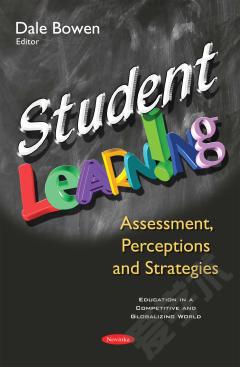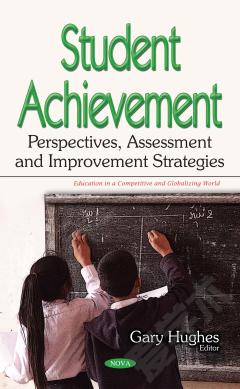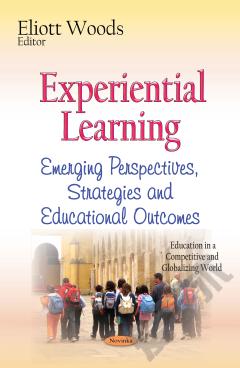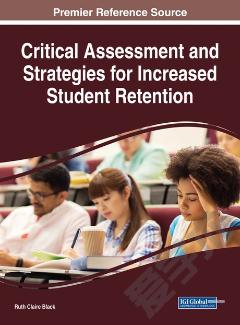Student Learning: Assessment, Perceptions and Strategies
With the rapid expansion of new technologies over the past decades, teachers in Higher Education now face a challenge to adopt them into their courses in order to create an effective, flexible, motivating and interesting learning environment for their students. Experts in technology stress that teaching and learning should follow pedagogical and psychological aspects and use technology as a means towards this end. This book discusses the assessment, perceptions and strategies of student learning. The first chapter aims to demonstrate all the stages of designing and applying a Virtual Learning Environment (VLE) template for all the modules of a University School, following the analysis of teachers’ and students’ views about different eLearning tools and blended learning in a UK University. Chapter Two explains the conceptual development of the Authentic Assessment for Sustainable Learning (AASL) and Authentic Self & Peer Assessment for Learning (ASPAL) models and provides justification for their implementation. Chapter Three presents and elucidates current knowledge about assessment in group work. Chapter Four aims at integrating the direct assessment such as quiz or standardized tests and indirect assessment like student self-reported survey in order to measure learning outcomes on general education. Chapter Five evaluates the effect of Virtual Human Project videos on students’ knowledge retention in a team-based learning (TBL) session about leprosy, compared with a standard TBL session.
{{comment.content}}








 京公网安备 11010802027623号
京公网安备 11010802027623号